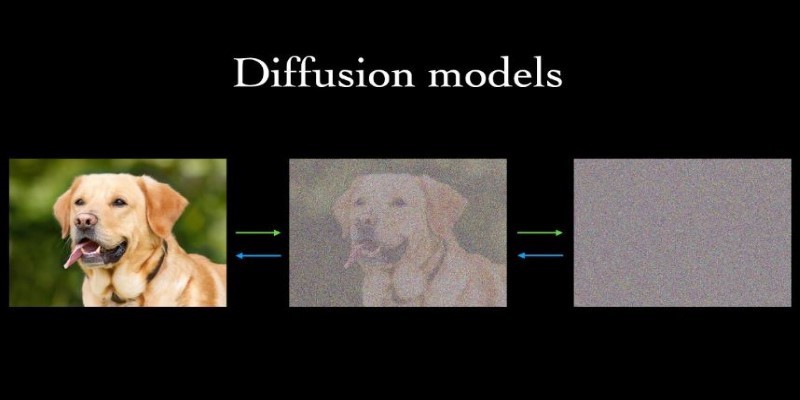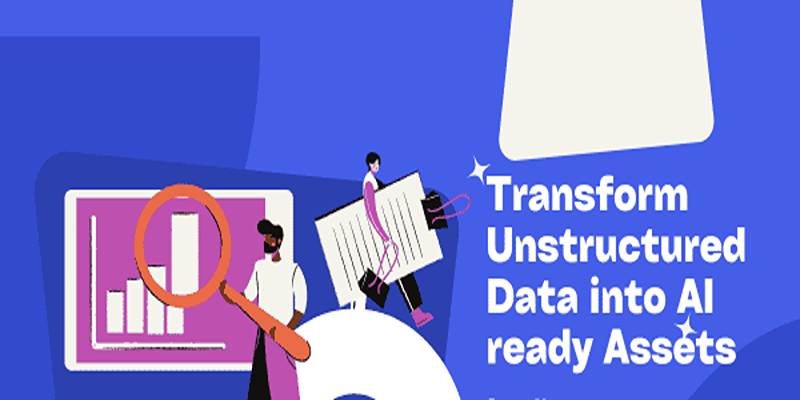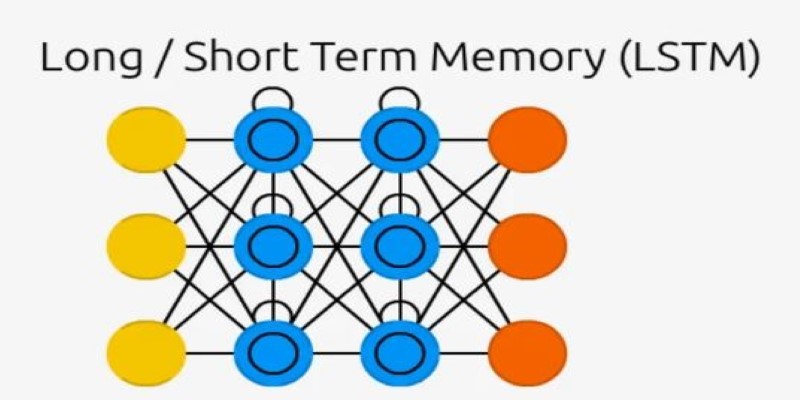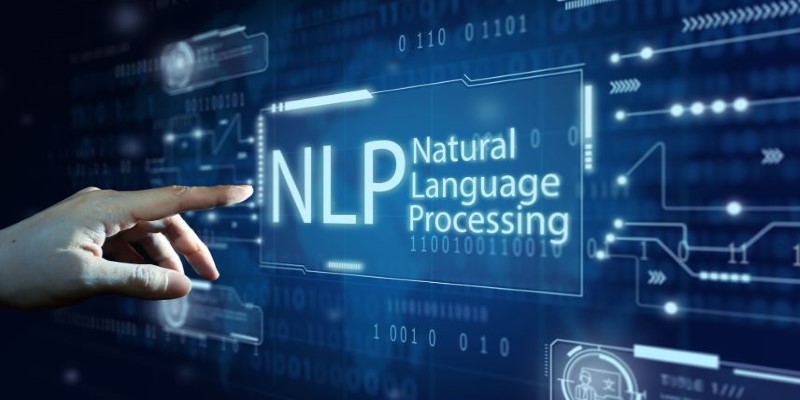Modern data stacks today consist of data observability. It facilitates the data team's tracking of changes, dependability, and data quality. Teams might not pick up missing numbers or broken data pipelines without it. It can influence data confidence as well as corporate decisions. One extensively utilized cloud data platform is Snowflake. Many companies base their daily analytics on it.
Like all systems, Snowflake depends on robust data observability tools to find problems early on. The Metaplane app then comes in quite handy. Built-in data observability is included in Snowflake's Metaplane app, which enables consumers to identify and fix issues quickly. Teams thus have complete awareness of their data flows and warehouse conditions. This article describes Snowflake's Metaplane app's functionality.

What Is Metaplane?
Modern data observability tool metaplane aids in data system problem discovery for teams. It operates by tracking your data's flow and general condition. Metaplane wakes you straight away when something goes wrong. It could involve erroneous numbers, missing data, or abrupt row decreases. It ties together with several data tools, including Looker, dbt, and Snowflake. Starting to use it doesn't require you to write code. The metaplane reads metadata and sample data once linked, built for simplicity and automation.
It allows it to see your data environment clearly. It picks on your data's usual trends, thus understanding what normal row counts or schema architectures should look like. Changes notify Slack, email, or dashboards, depending on their nature. It allows your staff to get quick updates without rummaging through records. Metaplane basically guarantees that your data remains accurate and tidy.
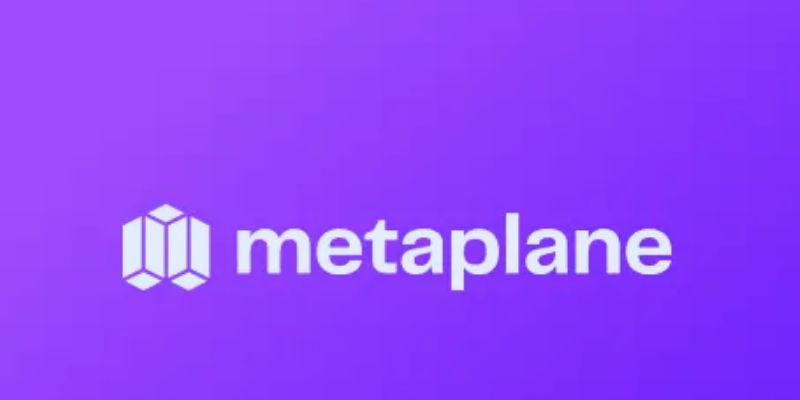
Why Is Data Observability Important for Snowflake?
Snowflake is a cloud platform popular for data storage and analysis. Many teams depend on it for their daily operations. Great platforms can run on issues. Broken pipes or erroneous data values are possible. If this occurs, dashboards and reports can reveal incorrect data. Data observability is thus quite important. It enables early identification of these problems. You get warnings before an issue gets significant. It guards your company against basing choices on erroneous data.
Metaplane and other data observability solutions assist in maintaining the seamless operation of systems. One easily misses significant changes without observability. For days, you might not see issues. By then, the damage could be done. Teams lose customers, time, or confidence. Observability offers comfort. It shows you where to correct anything while it is off. Metaplane watches your Snowflake surroundings closely to do this. It offers health inspections and real-time analysis.
How Metaplane Works With Snowflake
Metaplane Link with Snowflake Link straight to your Snowflake account. A quick setup without code is needed. It starts reading metadata and little samples of your data once joined. It requires neither complete access to everything. It keeps your data safe and the process lightweight. Metaplane then picks the patterns from your data. It looks at row counts, update times, missing values, and schema changes. A few days later, a normal baseline is developed. From then, it seeks out any deviations from this trend.
Metaplane instantly warns you should an issue develop. Slack, email, or your chosen dashboard tool will all send notifications. You may even personalize the rules, setting off alarms and reducing false alerts. Metaplane further offers data lineage. It helps you understand where data originates and runs. If something fails, you will know exactly where the breakdown occurs. Debugging and problem-fixing are thus simpler.
Key Features of Metaplane for Snowflake
Snowflake users gain Metaplane several significant capabilities:
- Automated Monitoring: Every hour or day, Metaplane automatically examines your Snowflake data. You have no clicking to do. It tracks the freshness of data, row volume, schema modifications, null values, and outliers. It catches quiet failures before they proliferate. You always know whether your data appears normal.
- Smart Alerting: Metaplane gains an understanding of what "normal" looks like. It only warns when anything quite odd occurs. It keeps your staff concentrated and helps to lower alert weariness. You won't be inundated with bogus alerts. Simply honest warnings for actual problems.
- Data Lineage: Metaplane maps the flow of your data within Snowflake. You can observe the dependencies of tables on other tables. If something breaks, you can follow the route of the issue. It enables more clarity and faster problem fixes.
- Easy Setup: Metaplane calls neither complicated installs nor coding. Just connect using your Snowflake account. Several minutes and no engineering knowledge are involved.
- Integration with Data Tools: Metaplane operates with Looker, Airflow, and DBT. Alerts show up where your team currently works, perfectly complementing your usual operations.
How to Get Started With Metaplane and Snowflake
Starting using Metaplane and Snowflake is quick and easy. Just do as follows:
- Step 1: Create a Metaplane Account: Visit the Metaplane website to register for a new account. You can either begin with a free trial or choose a strategy appropriate for your team.
- Step 2: Connect Snowflake: Use Metaplane's built-in Snowflake connection. All you have to enter is your Snowflake credentials. Extra configuring or coding is not required. The platform walks you through the process.
- Step 3: Set Up Monitors: Specify the databases, schemas, or tables you wish to track. Metaplane will start monitoring them for data freshness, volume, schema changes, and more.
- Step 4: Configure Alerts: Choose the method of notification you would desire. Select Slack, email, or another tool your company uses. Create alert rules grounded in your most important priorities.
- Step 5: Review Insights: Open your Metaplane dashboard to view performance updates, real-time trends, and issues.
Conclusion:
Metaplane allows Snowflake users great data observability without additional work. It tracks important counts, including freshness, volume, and schema modifications. Teams can rapidly find and resolve issues with smart alerts and well-defined data lineage. The setup is simple and performs nicely with Looker and dbt, among other instruments. Metaplane supports teams in improving decision-making and developing confidence in their data. It provides real-time insights and fewer data surprises, fitting your present workflow perfectly. Metaplane is a must-have addition to your Snowflake system if you demand dependable data and peace of mind.


